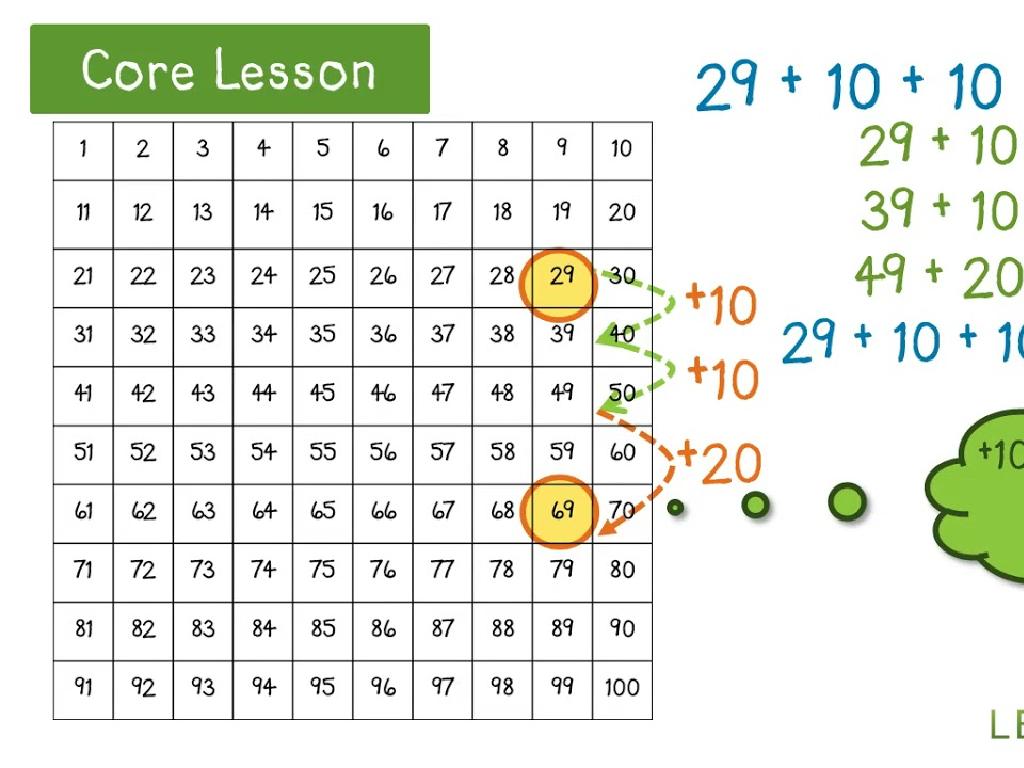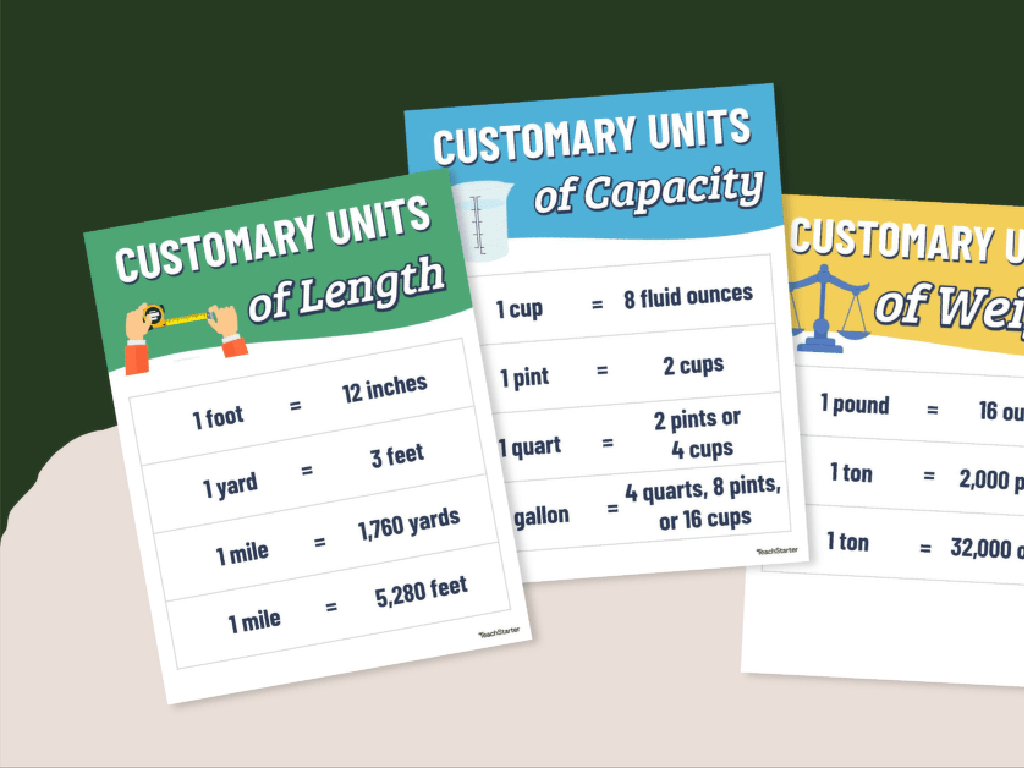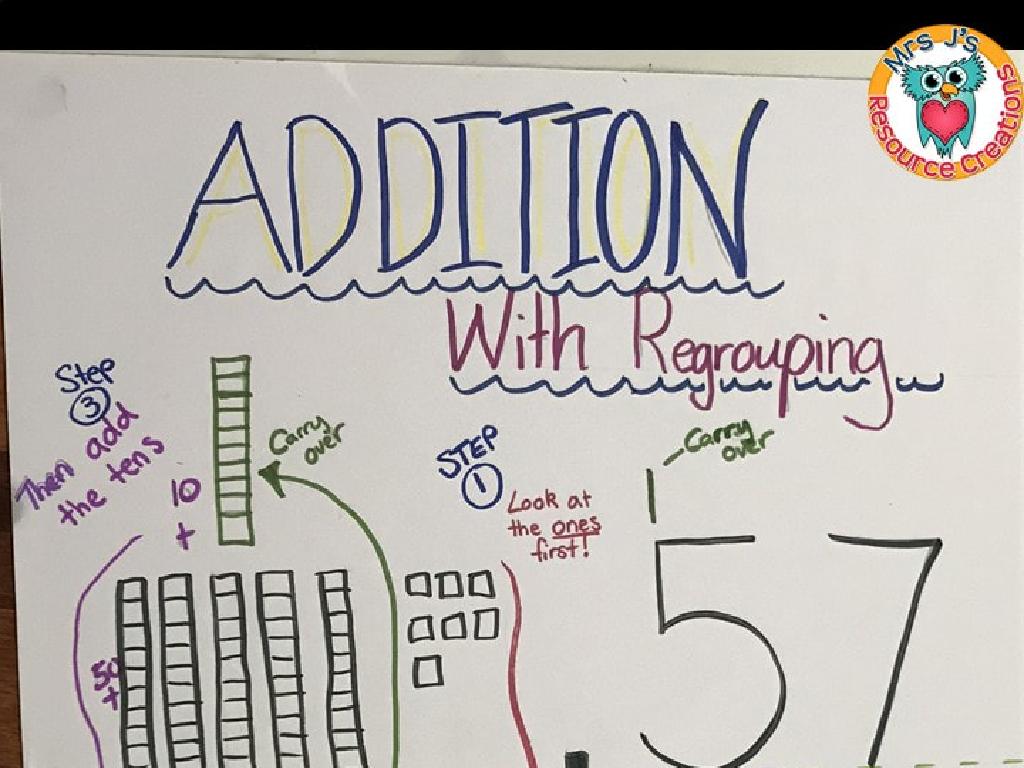Respiratory System Anatomy And Physiology
Subject: Science
Grade: High school
Topic: Health & Medicine
Please LOG IN to download the presentation. Access is available to registered users only.
View More Content
Understanding the Respiratory System
– Overview of respiratory anatomy
– Includes organs like lungs and airways
– Physiology of breathing
– Exchange of oxygen and carbon dioxide
– Respiratory system’s role in survival
– Provides oxygen for cellular respiration
– Impact on overall health
|
This slide introduces the respiratory system, a complex network of organs and structures that facilitate breathing. Begin by discussing the anatomical components, including the lungs, bronchi, trachea, and diaphragm. Explain the physiology of how breathing occurs, the exchange of oxygen and carbon dioxide, and how this process is essential for cellular respiration and energy production. Emphasize the importance of the respiratory system for survival, as it provides the body’s cells with oxygen, which is vital for all bodily functions. Highlight the connection between respiratory health and overall well-being, noting how issues like asthma or pollution can affect this system. Encourage students to consider how lifestyle choices, such as exercise and smoking, impact respiratory health.
Anatomy of the Respiratory System
– Nose and Nasal Cavity: Air’s Entry
– Warms, moistens air; filters particles.
– Pharynx and Larynx: Dual Pathways
– Pharynx: passes air/food. Larynx: voice box.
– Trachea and Bronchi: The Windpipes
– Trachea: air to lungs. Bronchi: branches to each lung.
– Lungs and Alveoli: Gas Exchange
– Lungs: organ of breathing. Alveoli: oxygen/carbon dioxide exchange.
|
This slide provides an overview of the respiratory system’s anatomy, essential for understanding its function in breathing and gas exchange. The nose and nasal cavity serve as the entrance for air, conditioning it before it passes through the rest of the system. The pharynx and larynx act as pathways for both air and food, with the larynx also housing the vocal cords. The trachea and bronchi are the main ‘windpipes’ that direct air into the lungs. Within the lungs, the alveoli are the tiny sacs where oxygen and carbon dioxide are exchanged between the air and the bloodstream. It’s important for students to understand these components to grasp how the respiratory system supports cellular respiration and maintains homeostasis. In the next class, we can discuss the physiology of breathing and how these structures function during inhalation and exhalation.
Physiology: Breathing Mechanism
– Inhalation vs. Exhalation process
– Inhalation is drawing air in, exhalation is pushing air out.
– Diaphragm & Intercostal Muscles’ role
– Diaphragm contracts, intercostal muscles expand ribcage during inhalation.
– Gas Exchange in the lungs
– Oxygen enters blood, carbon dioxide is expelled during exhalation.
– Oxygen and Carbon Dioxide transport
|
This slide explores the breathing mechanism, focusing on the differences between inhalation and exhalation. Inhalation involves the diaphragm contracting downward and the intercostal muscles pulling the ribcage outward, increasing lung volume and drawing air in. Exhalation is the opposite, with the diaphragm relaxing upwards and the ribcage contracting, pushing air out. Gas exchange is a critical process where oxygen is absorbed into the bloodstream and carbon dioxide, a waste product, is released. Understanding the role of the diaphragm and intercostal muscles is crucial for students to appreciate the mechanics behind breathing. The slide should emphasize the importance of gas exchange in maintaining the body’s pH balance and overall homeostasis.
Respiratory Health Awareness
– Common respiratory diseases
– Asthma, bronchitis, and COPD are prevalent conditions.
– Effects of smoking and pollution
– Smoking damages lung tissue; pollution causes respiratory distress.
– Tips for a healthy respiratory system
– Regular exercise, avoiding smoking, and staying in clean environments.
|
This slide aims to educate students on the importance of respiratory health by discussing common diseases that affect the respiratory system, such as asthma, bronchitis, and chronic obstructive pulmonary disease (COPD). Highlight the detrimental impact of smoking and environmental pollution on lung function and overall respiratory health. Provide actionable tips for students to maintain a healthy respiratory system, including the benefits of regular physical activity, the importance of avoiding smoking, and the advantages of staying in clean, well-ventilated environments. Encourage students to consider how lifestyle choices can prevent respiratory issues and promote long-term health.
The Respiratory System in Action
– Exercise impacts respiratory health
– Regular exercise strengthens lung function
– Physical activity’s effect on breathing
– Increased activity elevates breathing rate
– Athletes’ respiratory adaptations
– Athletes develop larger lung capacity
– Understanding respiratory changes
|
This slide explores the dynamic nature of the respiratory system during physical exertion. Emphasize how regular exercise can enhance respiratory health by strengthening the muscles involved in breathing and increasing lung capacity. Discuss the immediate effects of physical activity on breathing, such as an increased rate and depth of breaths to meet the body’s oxygen demand. Highlight the long-term adaptations seen in athletes, such as increased efficiency in oxygen utilization and larger lung volumes. Encourage students to think about how their own breathing changes during exercise and to consider the benefits of regular physical activity on the respiratory system.
Class Activity: Exploring Lung Capacity
– Measure lung capacity with an experiment
– Observe breathing post-exercise
– Notice changes in breath rate and depth after physical activity
– Discuss observations in groups
– Draw conclusions on respiratory effects
– How does exercise affect lung function and capacity?
|
This class activity is designed to give students a hands-on understanding of lung capacity and the effects of exercise on the respiratory system. Provide each student or group with a balloon and a ruler. They will first measure their lung capacity by blowing into the balloon and measuring its circumference, then repeat the experiment after a short burst of exercise. Encourage students to observe their breathing rate and depth before and after exercising. After the activity, facilitate a group discussion where students can share their observations and draw conclusions about how exercise affects respiratory function. Possible activities for different students could include varying the intensity of exercise or comparing results between athletes and non-athletes in the class.






